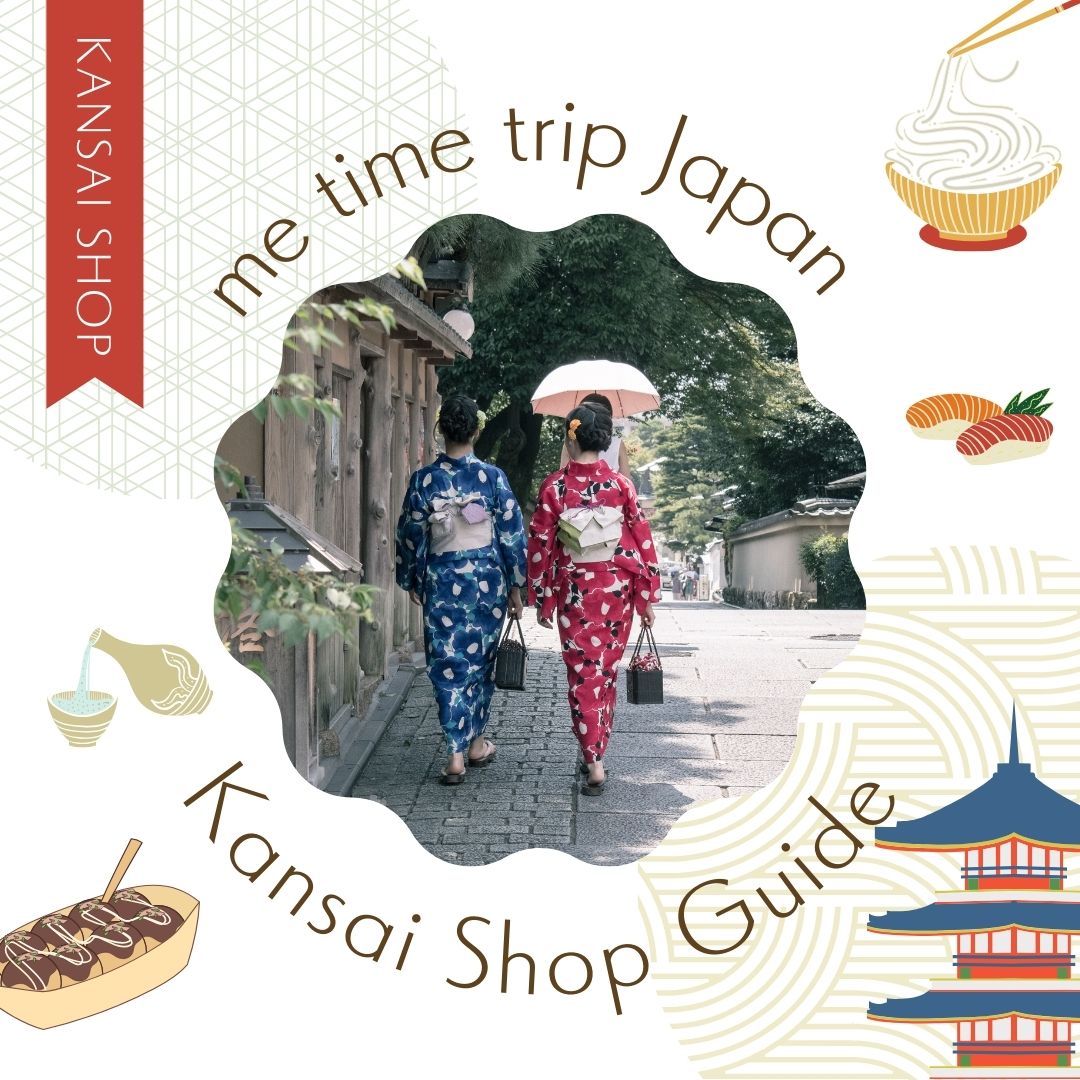The Mozu-Furuichi Kofun Group, spanning Sakai City and Osaka City in Osaka Prefecture, is the world’s largest cluster of ancient burial mounds, with over 400 tombs. Designated as a UNESCO World Cultural Heritage site in 2019, this area is considered the burial ground of the Kofun Period (3rd to 7th centuries), a time when burial mounds proliferated across the Japanese archipelago. The Kansai region is central to Japan’s ancient tomb culture, hosting approximately a quarter of all known tombs in the country. The Kofun Period is a division of Japanese history, spanning from the 3rd century BC to the early 7th century, marked by the formation of states and societal advancement across the archipelago. These mounds are believed to have been constructed as the tombs of rulers and their families, symbolizing their authority. Thus, the Mozu-Furuichi Kofun Group exemplifies the emergence of local elite classes, known as powerful clans, who asserted their dominance over land and people through acts like constructing these symbolic burial sites during the Kofun Period.
『Mystery of Kofun in Kansai region①:What is the biggest mystery of the Mozu-Furuichi Kofun Group?』
It is believed that the tombs of the Mozu-Furuichi Kofun Group were arranged according to certain rules.
However, since many of these tombs have not yet been excavated, the regularity of their arrangement remains shrouded in mystery. There is a high possibility that clues to understanding burial practices, cultural aspects, and daily life from that era lie dormant within the unexcavated tombs. Thus, the mystery surrounding the arrangement of the Mozu-Furuichi Kofun Group awaits further investigation.
Among them, the biggest mystery of the Mozu-Furuichi Kofun Group is the Emperor Nintoku’s tomb, which boasts the largest scale in Japan. With a total length of 486 meters and a height of 35 meters, the construction method of this massive tomb is perplexing. Given the technological limitations of the time, it is considered extremely difficult to transport and stack large stones. The means by which such technology was acquired and who was responsible for the construction remains unknown, and even the methods of civil engineering are not fully understood.
Emperor Nintoku, a legendary figure described in Japan’s historical text, the “Nihon Shoki” (Chronicles of Japan), is shrouded in various theories regarding his existence, making even the identity of the occupant of the Emperor Nintoku’s tomb a significant mystery.
While the reason for adopting the shape of keyhole-shaped burial mounds like the Emperor Nintoku’s tomb remains unclear, several theories exist.
It is believed that these keyhole-shaped burial mounds were influenced by similar structures found in the Liaodong Peninsula of China and the Korean Peninsula. During that time, Japan had active exchanges with the mainland of China and the Korean Peninsula, thus being influenced by their cultures and technologies. Additionally, it is thought that keyhole-shaped burial mounds were related to ancient Japanese ritual ceremonies. The front part symbolizes an altar, while the circular rear part is considered the burial site of the deceased. The front part represents the sun, while the circular rear part represents the afterlife. From this perspective, it is suggested that these mounds hold religious significance representing the sun and the afterlife.
『Mystery of Kofun in Kansai region②:The key to unlocking the mystery of the Mozu-Furuichi Kofun Group lies in Yamatai-Koku』
Why are there so many burial mounds concentrated in the Mozu-Furuichi Kofun Group? Who built these mounds? Who are the individuals buried in these mounds?
To solve these mysteries, it is necessary to understand the historical background of the time when the Mozu-Furuichi Kofun Group was constructed. The Kofun Period emerged following Yamatai-Koku. Yamatai-Koku is an ancient Japanese state mentioned in Chinese historical records, the “Gishi-wajin-den” around the 3rd century. The exact location of Yamatai-Koku remains a mystery, with various theories suggesting locations in northern Kyushu or the Kinai region.
The Mozu-Furuichi Kofun Group is located in the central Kinai region. If the location of Yamatai-Koku was indeed in the vicinity of the Mozu-Furuichi Kofun Group, then it’s possible that the Mozu-Furuichi Kofun Group was constructed as a symbol of the authority of Yamatai-Koku’s rulers.
Furthermore, the relationship between Yamatai-Koku and the Korean Peninsula is also a crucial key to unlocking the mysteries of the Mozu-Furuichi Kofun Group. This is because there are tombs within the Mozu-Furuichi Kofun Group believed to have been constructed by people who migrated from the Korean Peninsula.
By elucidating the relationship between Yamatai-Koku and the Korean Peninsula, we may gain a deeper understanding of the roots of the individuals buried in the Mozu-Furuichi Kofun Group and the society and culture of that time.
Thus, in order to unravel the mysteries of the Mozu-Furuichi Kofun Group, it is essential to unravel the mystery of Yamatai-Koku. Consequently, it is believed that the groups responsible for constructing the Mozu-Furuichi Kofun Group may have had deep ties to Yamatai-Koku.
『Mystery of Kofun in Kansai region③:What are the mysteries hidden within the Mozu-Furuichi Kofun Group?』
Unfortunately, there are no surviving documents containing records of the Kofun Period. The use of written characters in ancient Japan began in the latter half of the 5th century and continued into the 6th century, influenced by Chinese and Korean cultures, particularly Chinese characters and classical Chinese literature. However, prior to this period, the use of written language was extremely limited, and there are few written records from the Kofun Period. Consequently, our understanding of the history and culture of that era relies heavily on archaeological excavations, analysis of artifacts, and research based on later historical documents and oral traditions.
Therefore, unraveling the mysteries of the world’s largest burial mounds also contributes to unraveling the mysteries of Japanese history as a whole.
Would you like to embark on a journey to uncover the mysteries of the Mozu-Furuichi Kofun Group, a UNESCO World Heritage Site in Kansai?


